Genus Dasyornis Phylum Chordata Rank Species | Family Dasyornithidae Scientific name Dasyornis brachypterus Higher classification Bristlebird Order Passerine | |
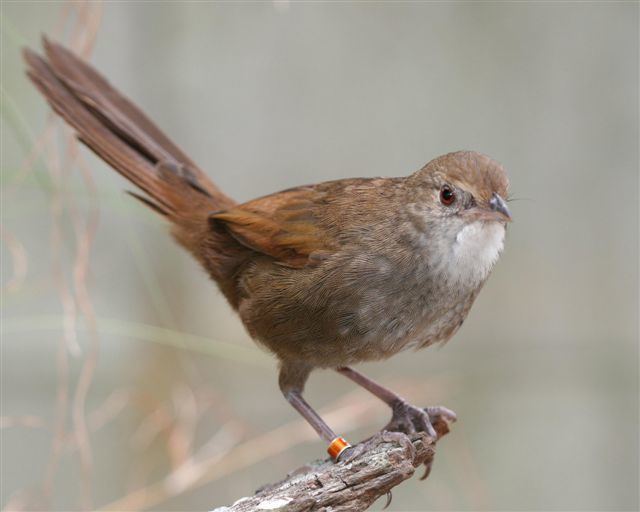 | ||
Similar Bristlebird, Western bristlebird, Rufous bristlebird, Rufous scrubbird, Southern emu‑wren | ||
Eastern bristlebird
The eastern bristlebird (Dasyornis brachypterus) is a species of bird in the bristlebird family Dasyornithidae. It is endemic to Australia. Its natural habitats are temperate forests, temperate shrubland, and temperate grassland. It is threatened by habitat loss.
Contents
- Eastern bristlebird
- Sniffer dog brought in to find endangered eastern bristlebird
- Distribution and habitat
- Important Bird Areas
- Conservation status
- References
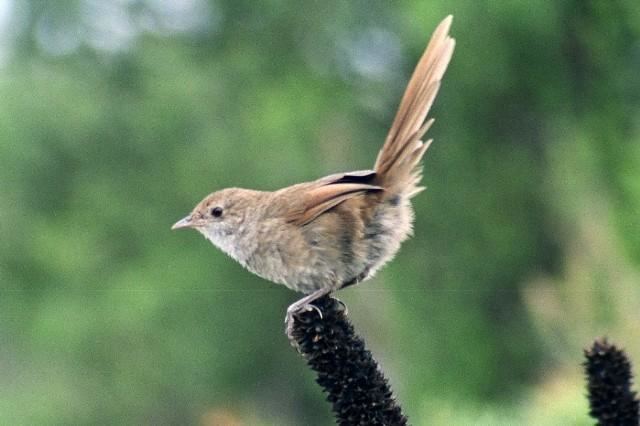
Sniffer dog brought in to find endangered eastern bristlebird
Distribution and habitat
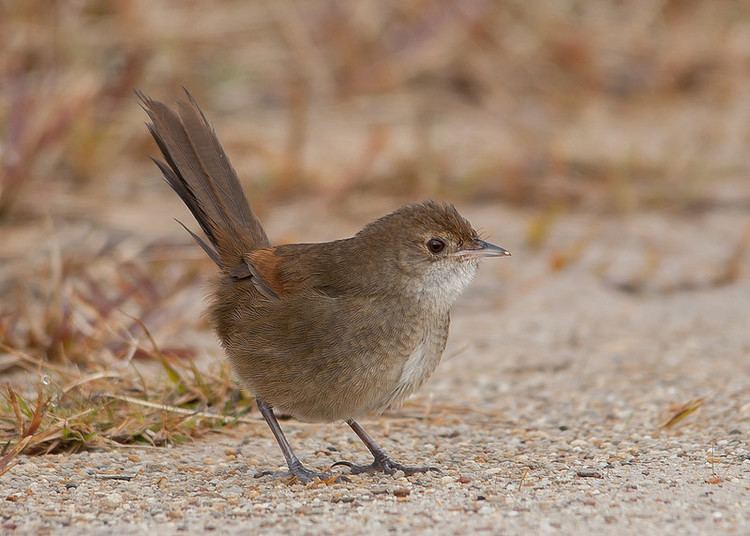
The eastern bristlebird is very territorial and will often use a distinct, loud melodic song to mark its territory.
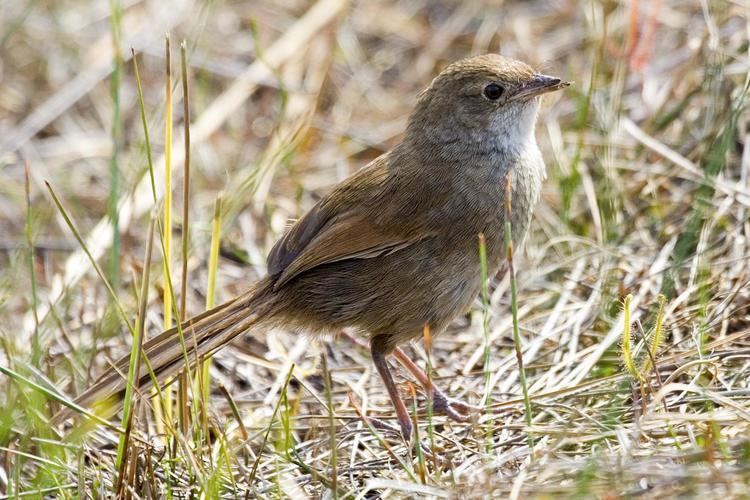
Surveys have found the bird prefers to live in small, localised populations. An isolated colony was found in the Conondale Range in southeastern Queensland in the 1980s. Eastern bristlebirds build their nests on the ground in areas of dense, clumped grasses.
Important Bird Areas
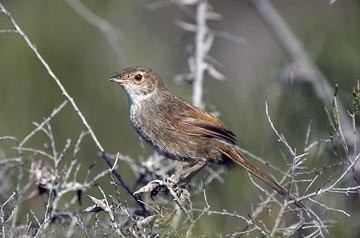
Sites identified by BirdLife International as being important for eastern bristlebird conservation are the Scenic Rim on the border between southern Queensland and northern New South Wales, Budderoo and Barren Grounds, Jervis Bay, and Nadgee to Mallacoota Inlet straddling the border between south-eastern New South Wales and eastern Victoria.
Conservation status
Eastern bristlebirds are listed as endangered on the Australian Environment Protection and Biodiversity Conservation Act 1999.
The eastern bristlebird is listed as endangered under the Threatened Species Conservation Act 1995.
The eastern bristlebird is listed as endangered under the Nature Conservation Act 1992 .
On the 2007 advisory list of threatened vertebrate fauna in Victoria, the eastern bristlebird is listed as endangered. It is listed as threatened on the Victorian Flora and Fauna Guarantee Act (1988), under which an Action Statement for the recovery and management of the species has been prepared.
